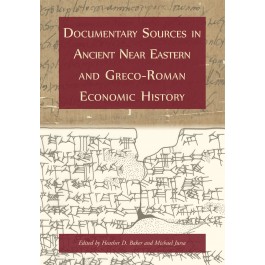The aim of this paper is to examine the relationship between dwelling size, household structure and social status in urban Babylonia during the first millennium BC. For this period we have a wealth of complex data on dwelling size that, properly contextualised, can contribute significant insights to the wider debate concerning living space in antiquity. In contrast to comparable studies for other parts of the ancient world, which have relied on archaeological evidence alone, the dataset for Babylonia at this period is supplemented by a sizable corpus of textually-documented urban property sizes. However, matching the written and archaeological evidence is, as we shall see, no straightforward matter. Once of my tasks here will be to evaluate the problems and pitfalls in the hope of determining how we might make the best use of the available data.
Publication Type
- Article



